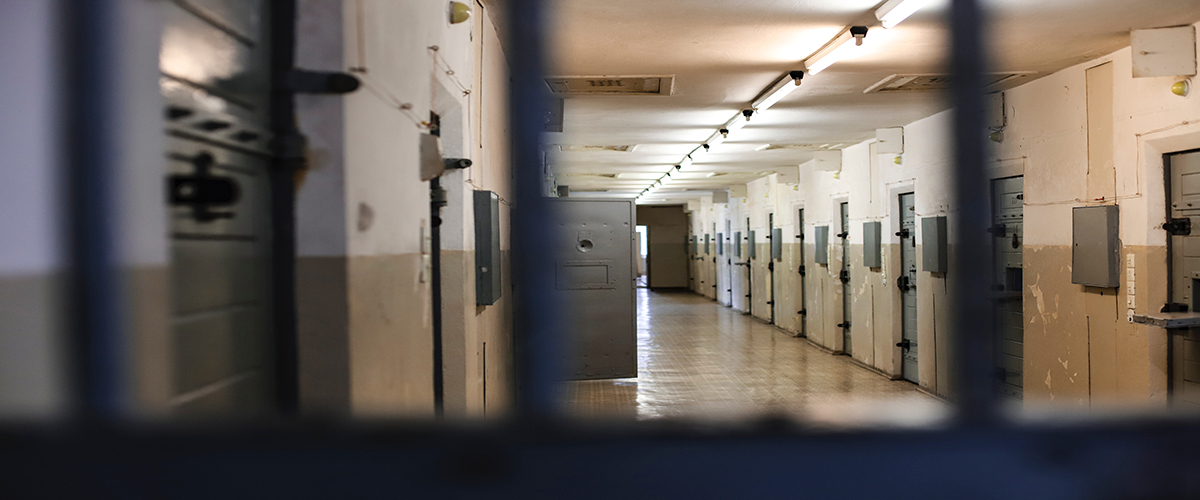Community Engagement Mental Health Victims November 6, 2020
At the National Center for Victims of Crime, we have come to realize that the majority of the people in our jails and prison are victims of crime themselves.
We hope to shed light on the link between experiencing trauma or victimization and incarceration in our new video series.
We hope this series will encourage cities and counties across the country to develop and provide programs for crime victims who are behind bars to overcome their traumatic pasts, and live happier, more fulfilling lives.
The series focuses on the experiences of three people: Lisa James, David Garlock, and Richard Smith, all alumni of Just Leadership USA—a national nonprofit dedicated to decarcerating the United States by educating, elevating and empowering the people and communities most impacted by systemic racism. Each of them has a lived history of victimization, trauma, and incarceration. These videos focus on them as survivors, examining their pasts through their own words. We are extremely thankful that Lisa, David, and Richard were willing to share their stories in such an honest, open, and vulnerable way.
The interviewer and narrator, Dr. Justin Ramsdell, Assistant Professor of Psychology at George Mason University, provides us with an introductory video providing background on the series and guides us through four additional videos on: what makes victimization traumatic; developmental effects of victimization and trauma; connecting victimization and incarceration; and treatment within the criminal justice system
The videos are an effort to break down the false dichotomy between victims and offenders. The videos do not suggest that being a victim necessarily leads a person to involvement with the criminal legal system, later on. But they provide insight as to how these experiences are sometimes connected, and why the trauma experiences of incarcerated individuals need to be addressed. Just as we provide someone who is diabetic in jail with proper treatment, we should provide help to someone with a history of abuse.
One way that cities and counties can begin to address this issue is by reaching out to victim organizations in their communities who may be able to provide assistance to individuals inside the jail and those who are re-entering their communities.
—Renee Williams is the Executive Director of the National Center for Victims of Crime


